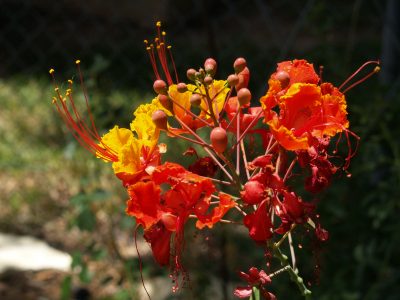I’ve got worms and fire ants in the compost pile. What should I do?
If you’re an active composter, you’ll definitely have insect larvae in your pile, and that’s a good thing. These creatures are helping the microbes to break down the food waste in your pile and turn it into rich compost. Large, off-white grubs like this picture are very commonly found in compost piles, and people often mistake them for the same grub that damages our lawns.
But the grubs in your pile are from a different species of insect, not the June beetle larvae that eat the roots of your turf grass and other plants. These are the grubs of the rhinoceros beetle. They help decompose your compost. The very large adults don’t eat much at all.
You might also find black soldier fly larvae in your compost pile, which are also good.
The insect species that are attracted to lay eggs in your pile will be influenced by what you put in it. If you have more kitchen scraps and food waste, you’ll likely have more insect larvae. If you’re only composting yard waste, you may not see as many creepy crawlies.
But fire ants are another matter. Fire ants are actually building their mounds in the nice, soft organic matter of your compost pile. Although they’re doing some aeration and technically aren’t hurting anything in the pile, you most likely still don’t want them living there, since they’ll see the pile as theirs, not yours. If you have a mound of fire ants in your pile, it indicates that you need to turn and moisten the pile more often.
If you’re regularly turning the pile, the ants will have no time to build a home. In the awful summer of 2011, I didn’t turn my pile as much as I should have and I came out one day to discover that a very large colony of fire ants had moved in. I got stung a few times when turning it and it took a few turns to get the ants to move away, but they eventually did. So there’s no need to use any chemical fire ant treatments in this situation.

 Kathleen Lorsbach
Kathleen Lorsbach Cherie Colburn
Cherie Colburn Daphne Richards
Daphne Richards
 John Dromgoole
John Dromgoole